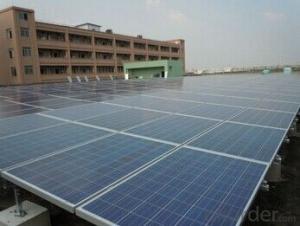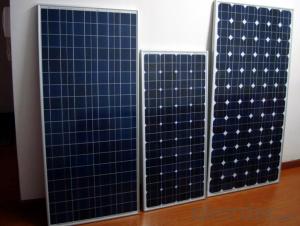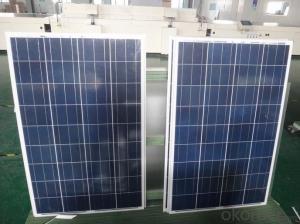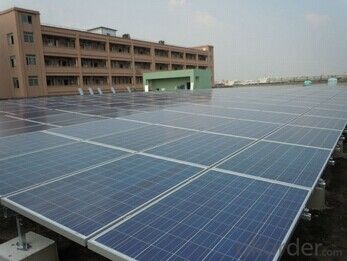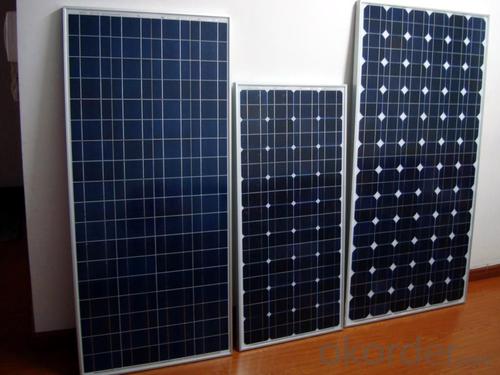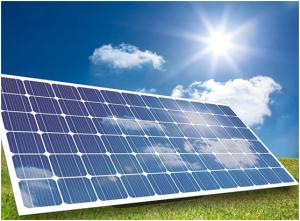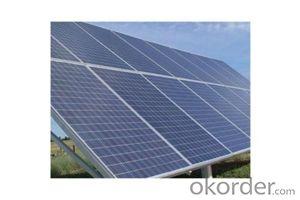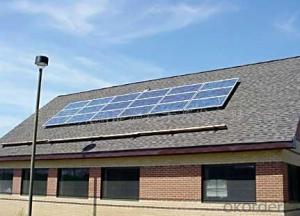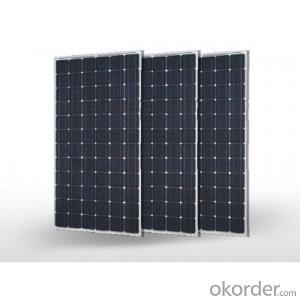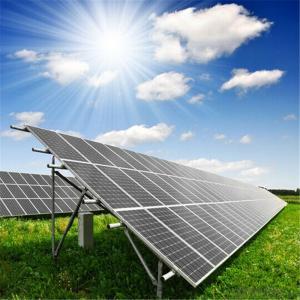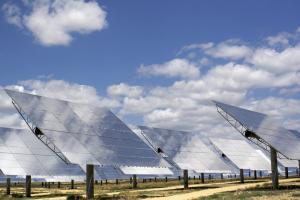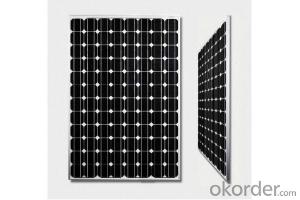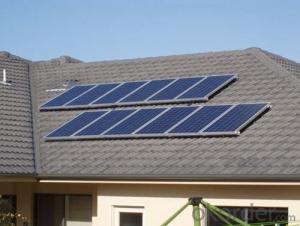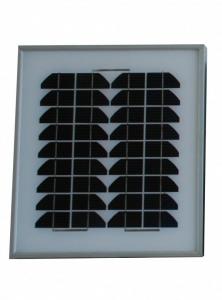Solar Panels Price:High Efficiency 230W, 235W Photovoltaic Panel
- Loading Port:
- Shanghai
- Payment Terms:
- TT OR LC
- Min Order Qty:
- 364 pc
- Supply Capability:
- 30000 pc/month
OKorder Service Pledge
OKorder Financial Service
You Might Also Like
Specification
Poly Solar panel, solar module, 230W, 235W
Grid-connected photovoltaic power generation system is to photovoltaic systemsconnected to the public grid, achieve grid. Grid-connected PV systems can be divided into large and centralized and decentralized power generation systems and power generation systems small, two systems not require energy storage devices. Currently PV grid integration in the form of the building is a typical case of power generation.
Features:
1) Product name: solar panel / module
2) Solar cell: Mono-crystalline / Poly-crystalline / Amorphous
3) Tempered glass laminated with aluminum frame
4) Life time: 20 - 25 years
5) Temperature co-efficiency: A=+1,46mA B=-79mV, Rp/p=-0.43
6) Power specification at 1kW/m 2, AM 1, 5
7) Output cable: multi contact connectors
8) Construction:
a) Front: High-transmission 32mm tempered glass
b) Back: TPT
c) Encapsulant: EVA
9) Frame: aluminum
10) Certification: CE, TUV
| Module | 230 | 235 | 240 |
| Encapsulation | Glass/EVA/Cells/EVA/TPT | ||
| Tolerance | +3% | ||
| Size and Number of cells | 156mm×156mm 60(6×10pcs) | ||
| Maximum power | 230Wp | 235Wp | 240Wp |
| Open circuit voltage(Voc) | 36.00V | 36.00V | 36.00V |
| Short circuit current(Isc) | 8.59A | 8.77A | 8.96A |
| Maximum power voltage(Vmp) | 30.00V | 30.00V | 30.00V |
| Maximum power current(Imp) | 7.67A | 7.83A | 8.00A |
| Model size(mm) | 1650×991×40MM | ||
| Weight | 19.50Kg | ||
| Operating Temperature | -40°Cto+85°C | ||
| Resistances | 227g Steel Ball Fall Down From 1M Height and 60M/S Wind | ||
| Warranty | Pm is not less than 90% in 10 years and 80% in 25 years | ||
ADVANTAGES:
We produce solar cell by ourself with full automated production line, equipments were imported from USA, Germany and italy;
We provide 15 years warranty, and 25 years working life;
We have full set quality certificates, product meets quality requirement of USA, Europe, Australia, UK etc ;
70% of our product exported to Europe, without quality claims up to now;
There're 7 major inspection procedures for Each piece solar panel during production :
3 times EL testing to ensure panel without micro-break/invisible break(normal manufacturer only test 1 or 2 times);
3 times appearance inspection to ensure panel without defect (normal manufacturer only inspect 1 or 2 times);
1 time power testing, power inspection tolerance +/-0.1watt(normal manufacturer's power inspection tolerance is +/- 1-2watt), we ensure each panel has enough power output;
besides the standard inspection, each production procedure will inspect the upwards procedure;
So we guarantee each piece of our panel has perfect appearance, positive power performance, and without quality hidden trouble.
Manufacture pictures:
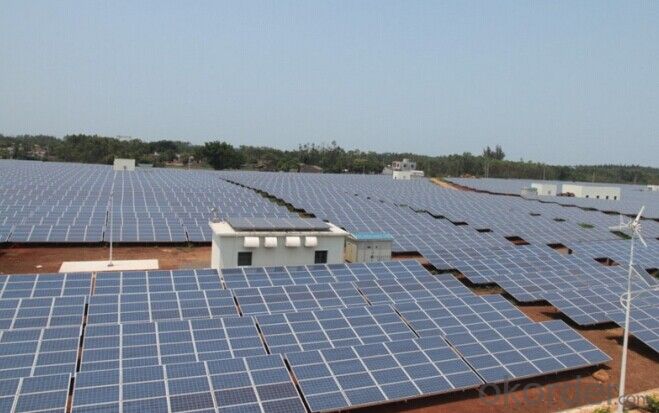
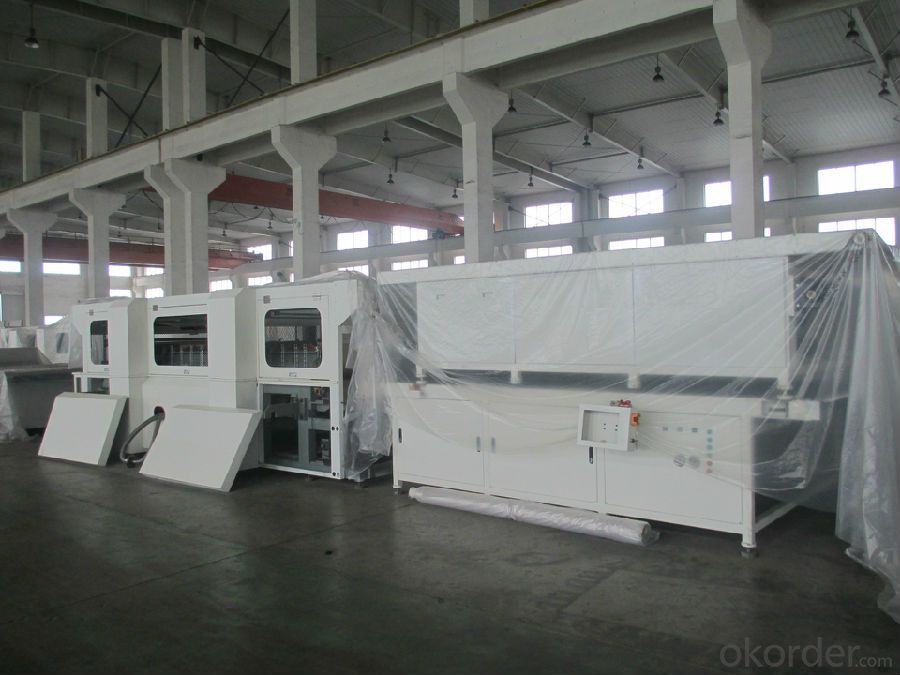
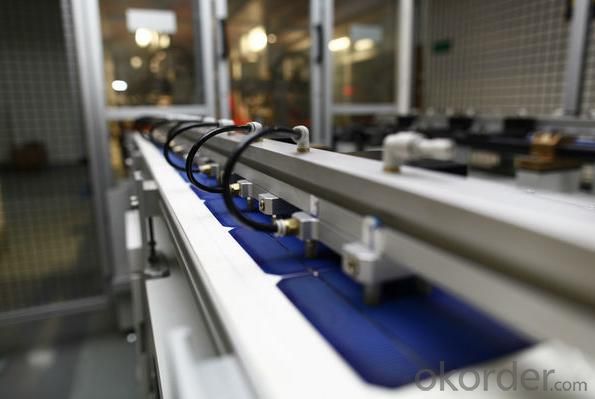
- Q: I know that if I put solar panels in my home I will get 30% back from the govt. Does that mean if I pay 2K I will get back around a 3K check? Or will my income play a roll where I may not get back as much?
- The Tax Lady is almost always right, but I must disagree on the $500 limitation concerning a solar electric system (from the price, it sounds like that's what the original question was about) installed in 20. If there was such a change, there would have been an outcry on the solar installers' forum I visit, just as there was jubilation when the limit on the tax credit was removed a few years ago.
- Q: Can solar panels be installed on a golf course or clubhouse?
- Yes, solar panels can be installed on a golf course or clubhouse. The large open spaces and ample sunlight make it an ideal location for harnessing solar energy. Installing solar panels can help generate clean and sustainable electricity, reducing reliance on traditional power sources and potentially lowering energy costs for the golf course or clubhouse.
- Q: When you consider that solar panels will not produce enough electricity in their service life to cover their cost should we subsidize them anyway? that much of the cost of a solar panel is the energy to manufacture, install, transport and maintain them. Shouldn't the market determine whether they are worth installing?Is subsidizing them taking money away from research that could be spent on more viable alternatives?Should we be taxed to pay for others solar panels when they don't work?
- I know for my friends that live out in the country in an off-the-grid house, it would cost a lot more to run power lines and buy into the coal-powered electrical grid than it does for them to own a few panels and batteries and use the passive solar design of their house. They also have a propane-powered stove and refrigerator and use a wood stove for heat when it gets below 0 degrees.
- Q: Can solar panels be installed on a church or place of worship?
- Yes, solar panels can be installed on a church or place of worship. Many religious organizations have taken steps to embrace renewable energy and reduce their carbon footprint by installing solar panels on their rooftops or open spaces. Installing solar panels not only helps to generate clean and sustainable electricity but also serves as a visible symbol of the organization's commitment to environmental stewardship.
- Q: okay so i want to know if solar panels shine. ------(MY Q'S ABOUT BLINDNESS DOESN'T MEAN PERMANENT OMG I CAN'T SEE! BLIND BUT THAT WE JUST CANquot;T SEE AT THE MOMENT BECAUSE OF THE LIGHT.)------------------------------like if/when they face the sun is there a glare to the people around?-if there is would the person have to look directly at it? -Could it reflect off of other objects and cause temporary blindness or just shine light in person's eyes?-if there were windows and mirrors near the solar panel would it affect a person's sight?-and if it did for how long would it hurt or take affect?-and is this physics? like-solar panels and how they work is that physics or some other category?
- The problem with solar panels is that they often come with textured glass. This makes that the reflected light is scattered +/-0°. Therefore the 0.5° sun-disk small as it aprears in the sky will be blown up 40 times to a 20° reflection disk on solar panels. Find more information on zehndorfer.at/en/glaringsurvey Only a glaring survey can tell you exactly when and where you have to expect a dazzling effect.
- Q: Looking to install solar panels in my house.
- Wholesale prices for BP solar panels range between $335 for the 40 watts panel to $835 for the 70 watts panel. Here's a brief listing of wholesale prices for BP solar models: - BP340J solar panel (40 watts) @ $335 - BP350J solar panel (50 watts) @ $37 - BP375J solar panel (80 watts) @ $504 Right now I'm getting a series of 50 watt (7.5 volts) panels installed in my house. It's a start to reduce dependence on electricity bills and try get some tax rebates as well.
- Q: The colder a solar panel gets the more efficient it seems to be. As the panel warms, it loses some efficiency. Why is this so? Please explain in a way you would expect a high school kid to understand it, as I am a high-schooler and i have to explain this to other high-schoolers.
- For water heater type of solar panel the hot panel has more radiation losses reducing the heat available to be transferred to the water. In PV panels it has got to be characteristics of the PV cells. If the conversion efficiency drops with temperature rise then only this can happen. PV=photo-voltaic
- Q: Can solar panels be used in areas with high levels of shade or obstruction?
- Solar panels are not very efficient in areas with high levels of shade or obstruction as they rely on direct sunlight to generate electricity. However, there are certain technologies and panel designs available that can still produce energy in shaded areas to some extent, although their overall efficiency may be reduced.
- Q: Could you have a solar panel in space that would transmit electricity remotely? Maybe have some kind of receiving antenna to pick up the energy? Perhaps there could be a string of them orbiting the Earth?Why wouldn't that work?
- Absolutely. Many satellites and other spacecraft that have been launched throughout history carry solar panels to power themselves. The International Space Station alone has hundreds of square meters of solar panels. Transmitting the power from one place to another wirelessly is a bit more difficult, but not fundamentally impossible. So far we don't have any good technology to do it over long distances. But we're getting there. One proposed future source of power is 'solar power satellites', orbiting devices that would collect sunlight and turn it into a microwave laser that would be fired down to the Earth and collected in a giant dish kind of like a radio telescope. The idea is that this would be non-polluting, environmentally friendly, reliable, would help to boost investment in space technologies, and wouldn't take up the large amounts of land area required for traditional solar power. However, some people have argued that it is a bad idea on the basis that if the laser accidentally missed the dish, and came down in an inhabited area, it might cause human fatalities or damage to the environment or human artifacts.
- Q: Ok, so my homework was to research and write about how solar panels and solar furnaces work and about their construction. We didn't even take one lesson on it in class and we are not allowed to copy and paste much and have to keep it simple wtf? Its soo annoying as we have hardly took it in class. Please can someone help.
- A solar panel (photovoltaic module or photovoltaic panel) is a packaged, connected assembly of solar cells, also known as photovoltaic cells. The solar panel can be used as a component of a larger photovoltaic system to generate and supply electricity in commercial and residential applications. Because a single solar panel can produce only a limited amount of power, many installations contain several panels. A photovoltaic system typically includes an array of solar panels, an inverter, and sometimes a battery and interconnection wiring.
Send your message to us
Solar Panels Price:High Efficiency 230W, 235W Photovoltaic Panel
- Loading Port:
- Shanghai
- Payment Terms:
- TT OR LC
- Min Order Qty:
- 364 pc
- Supply Capability:
- 30000 pc/month
OKorder Service Pledge
OKorder Financial Service
Similar products
Hot products
Hot Searches
Related keywords
